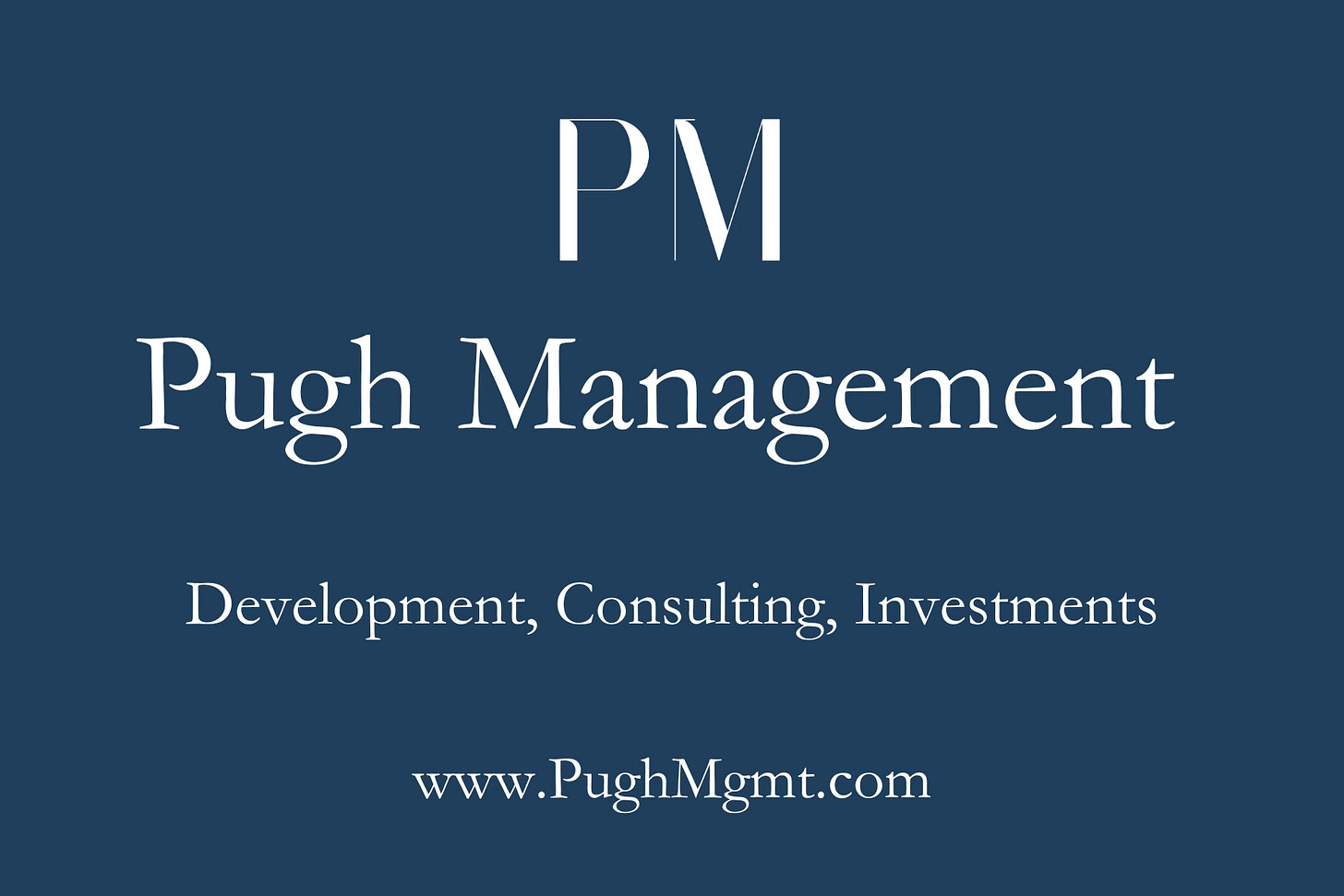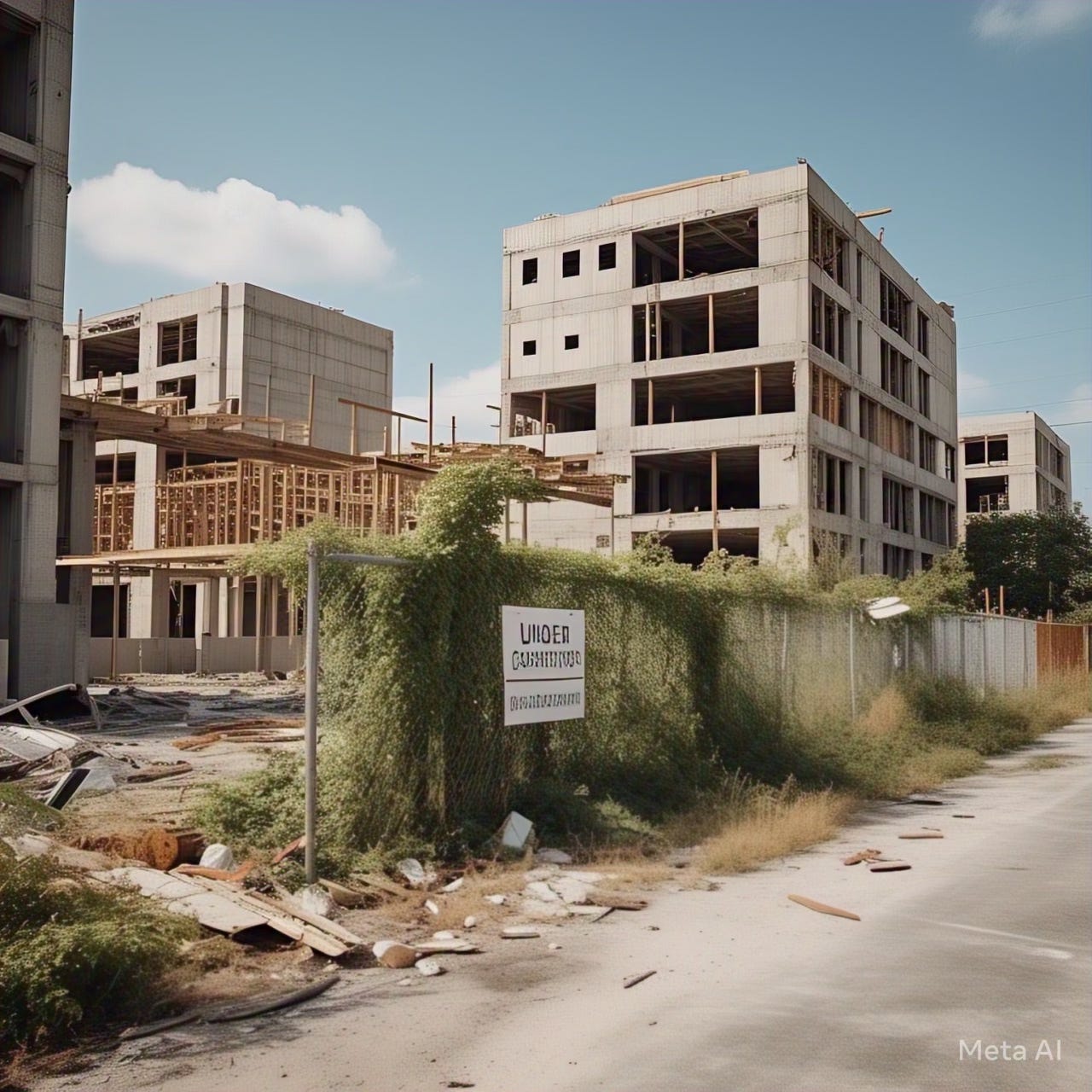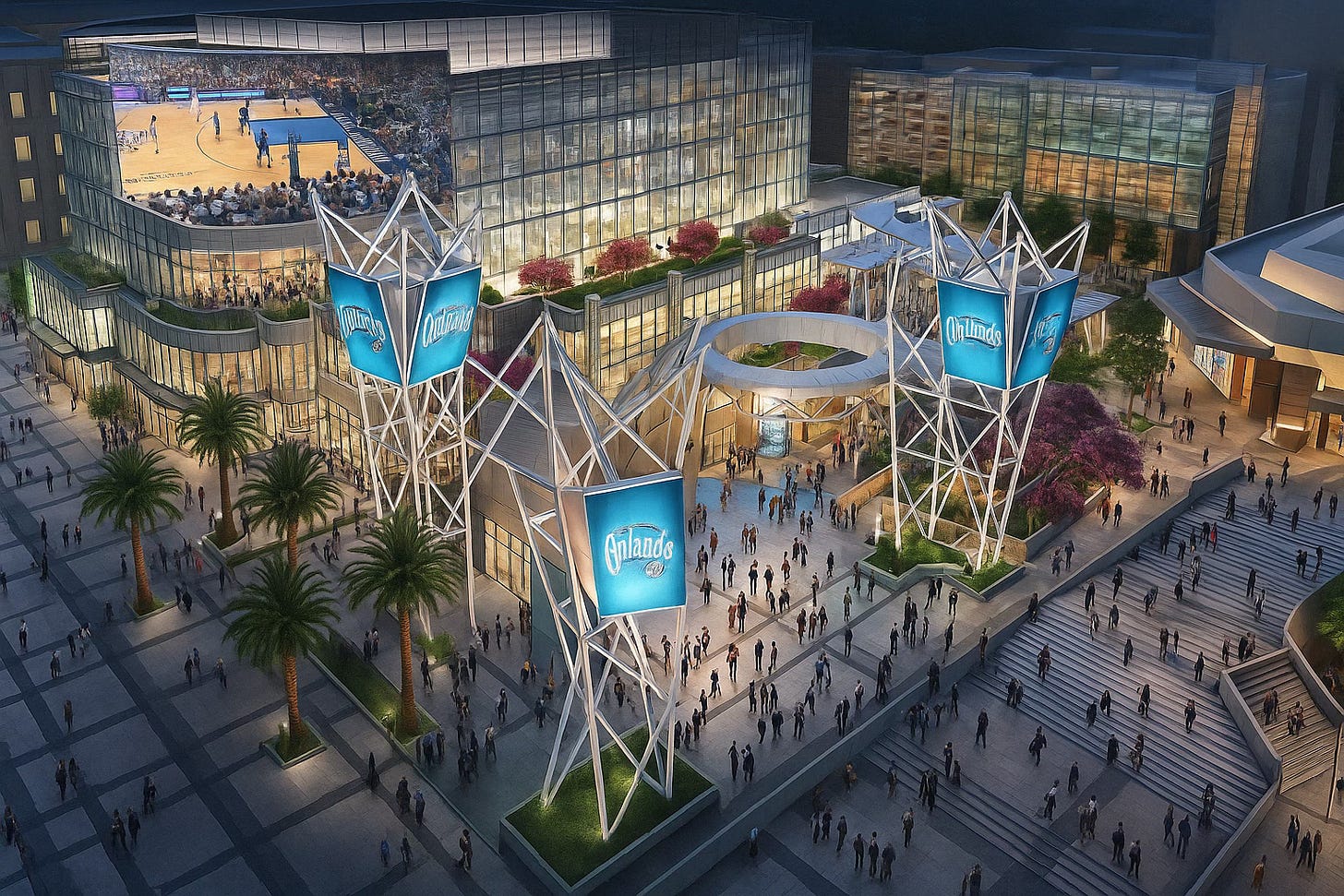What Is a Recession, Really? And What It Means for Developers Today
Navigating Recessions: Risks, Opportunities, and Strategic Moves for Developers
Recent Popular Posts
Welcome to The LineUp! Our weekly newsletter seeks to add value by engaging, connecting, and inspiring real estate operators, investors, and entrepreneurs.
If you enjoy what you read, please like, share, and subscribe. Thank you for your support in growing this community! If you’d like to participate in our conversation join us on the Substack Chat here.
On The LineUp this week real estate development pro, John Dewenter is our guest post author. John has experience managing some of the largest projects in the world for groups like the Abu Dhabi Investment Authority, First Pacific, and Skylan Development. He now provides consulting services to groups looking to build large scale, complex development projects both in the United States and internationally. You can connect with him on LinkedIn here.
Enjoy the post and let us know your thoughts in the comments! John
What Is a Recession, Really?
A recession is a period of economic contraction typically marked by reduced demand, tighter credit conditions, and elevated uncertainty. For commercial real estate, recessions often mean financing challenges, project delays, and diminished tenant demand.
Historically, recessions last around 10 months, though the nature and severity vary. Most are triggered by financial system imbalances, asset bubbles, or geopolitical shocks—such as commodity price volatility or trade disruptions.
Sponsored by Pugh Management.
PROJECT OVERSIGHT & RISK MANAGEMENT FOR LPs
The Growing Challenge for LPs & Preferred Equity Investors
More development projects are experiencing budget overruns, construction delays, and misalignment between developers and investors—leading to capital inefficiency and unnecessary risk for LPs and preferred equity stakeholders.
Pugh Management offers a disciplined, institutional-level oversight model to provide transparency, accountability, and a path to project completion without surprises. Learn more by scheduling a call with us today.
📅 Schedule a 15-Minute Call Here → Scheduling Link
Recent U.S. Recessions: A Quick Look Back
Since the Great Depression, the U.S. has experienced 14 recessions—only three of which have occurred in the past two decades:
2001: Dot-Com Recession
Duration: 8 months
Triggered by the bursting of the dot-com bubble and exacerbated by the September 11 attacks.2007–2009: Great Recession
Duration: 18 months
Caused by the collapse of the housing market and a global financial crisis, intensified by subprime mortgage exposure and the failure of Lehman Brothers.2020: COVID-19 Recession
Duration: 2 months (the shortest on record)
Sparked by a sudden halt in economic activity due to pandemic-related lockdowns.
The Next Recession—And How It Might Be Different
While no one can perfectly predict the next downturn, a number of pressure points are worth watching:
Persistent Inflation – Stubborn inflation may force prolonged monetary tightening.
Debt Refinancing Risk – Corporate and consumer debt maturing into higher interest rates.
Geopolitical and Trade Tensions – U.S.-China dynamics may send ripple effects across global supply chains.
Limited Policy Tools – The Fed may find itself constrained if inflation remains high.
Structural Leverage – Elevated debt across sectors could magnify downside effects.
Risks of Developing During a Recession
Development always carries risk—but in a downturn, those risks can become existential. Developers must be especially vigilant about:
Market Volatility – Asset values may shift dramatically between groundbreaking and delivery.
Capital Scarcity – Investors seek safety, making equity harder to raise.
Tightened Credit – Lenders often pull back or demand stricter terms.
Tenant Risk – Both commercial and residential tenants may face uncertain income, lowering demand and reducing leasing velocity.
Opportunities for Developers Who Think Strategically
Recessions, while challenging, also offer rare windows of opportunity for developers who remain thoughtful, well-capitalized, and creative:
Government Incentives – Municipalities often become more developer-friendly, expediting approvals and offering concessions to spur economic activity. This is evident especially in areas hit by COVID-19 work from home policies. One example is New York City’s new “City of Yes” policies for zoning, housing, and economic development. Link here.
Lower Land & Construction Costs – Distressed sellers and increased subcontractor availability can improve project feasibility. Land prices have come down already and subcontractor’s are more available. But overall construction pricing has not come down enough to make a difference…yet.
Access to Talent – Consultants (architects and engineers), contractors, and internal hires may be more readily available and affordable. For example, over the past year or so the AIA Billing Index has indicated a steady decline in demand for architects. The ABI has always served as the "canary in the coal mine" with regard to development activity.
Reduced Competition – With fewer projects moving forward, there’s a chance to secure prime locations and future market share. Developers have begun dropping “unfeasible” land development deals. Now it’s just a matter of getting land a price you can hold it for a period of time before developing.
Positioning for the Recovery – Projects that start during a downturn can be ready to capture demand when the economy rebounds. This is true, developers just need to be able to find investors and debt financing at terms that make deals pencil. That’s been the hard part.
Strategic Approaches: Risk Mitigation Meets Opportunity
A thoughtful approach to risk can separate survivors from standouts. In recessionary markets, consider:
Value-Add and Core-Plus Strategies – These lower-risk strategies allow developers to stay active without overextending themselves on the risk/reward spectrum.
Flight to Quality – Focus on infill locations, high-credit tenants, and adaptable building design. As one investor said: "Main and Main is your best hedge against market risk."
Shorter Lease Terms – In sectors like multifamily or flex office, shorter lease terms allow you to capture the upside when markets recover.
Fixed-Rate, Long-Term Financing – Lock in debt now if you can. The future cost of capital may be even higher.
Sector Selection – Resilient sectors like multifamily, senior housing, and industrial/logistics remain attractive due to structural demand drivers.
Final Thought: Stay Ready, Stay Smart
Recessions naturally cause many investors to pause. But the developers who lean in—prepared, capitalized, and thoughtful—can seize generational opportunities. A measured approach that focuses on planning, design, and engaging with local leaders stakeholders to build relationships during a downturn can pay future dividends for patient developers.
A contrarian mindset, paired with disciplined execution, has always been the hallmark of great developers and builders.
This is a guest post created by John Dewenter. You can connect with John and his firm Dewenter Strategic Advisors on LinkedIn here.
Thank you for reading The Lineup. Do you have a topic on real estate development, entrepreneurship, urbanism or placemaking topic you'd like to see us cover in an upcoming post? We'd love to hear from you! We are also open to media partnerships and cross-posts. Reach out to us at info@pughmgmt.com. And don't forget to like, share, and subscribe!
If you like The LineUp, let’s connect: Join our chat conversation on Substack here. Plan a media partnership | 🪄Book a one-on-one intro call to learn more about Our Real Estate Consulting here | 📧 Subscribe at thelineupwithjohnpugh.substack.com













This is solid info, but we need to keep it real. Most developers I know aren’t out here “positioning for the recovery.” They’re trying to stay alive. The idea that a downturn is a golden opportunity sounds good in theory, but only works if you’ve got deep pockets and time on your side.
Construction costs haven’t come down enough to matter. Materials are still pricey, labor’s a mess, and even if you find land at a discount, good luck getting financing that pencils. Lenders are pulling back, and equity wants safer bets. Everyone’s cautious for a reason.
I agree some areas like infill and value-add deals still make sense, but that’s a small lane. And getting permits or zoning approvals isn’t magically easier just because the market’s slow. That’s still politics, still process, still time and money.
If there’s an edge right now, it’s in knowing your local game better than anyone else. Work your relationships, keep your projects lean, and don’t chase fantasy returns. This cycle’s not about bold moves, it’s about smart survival.